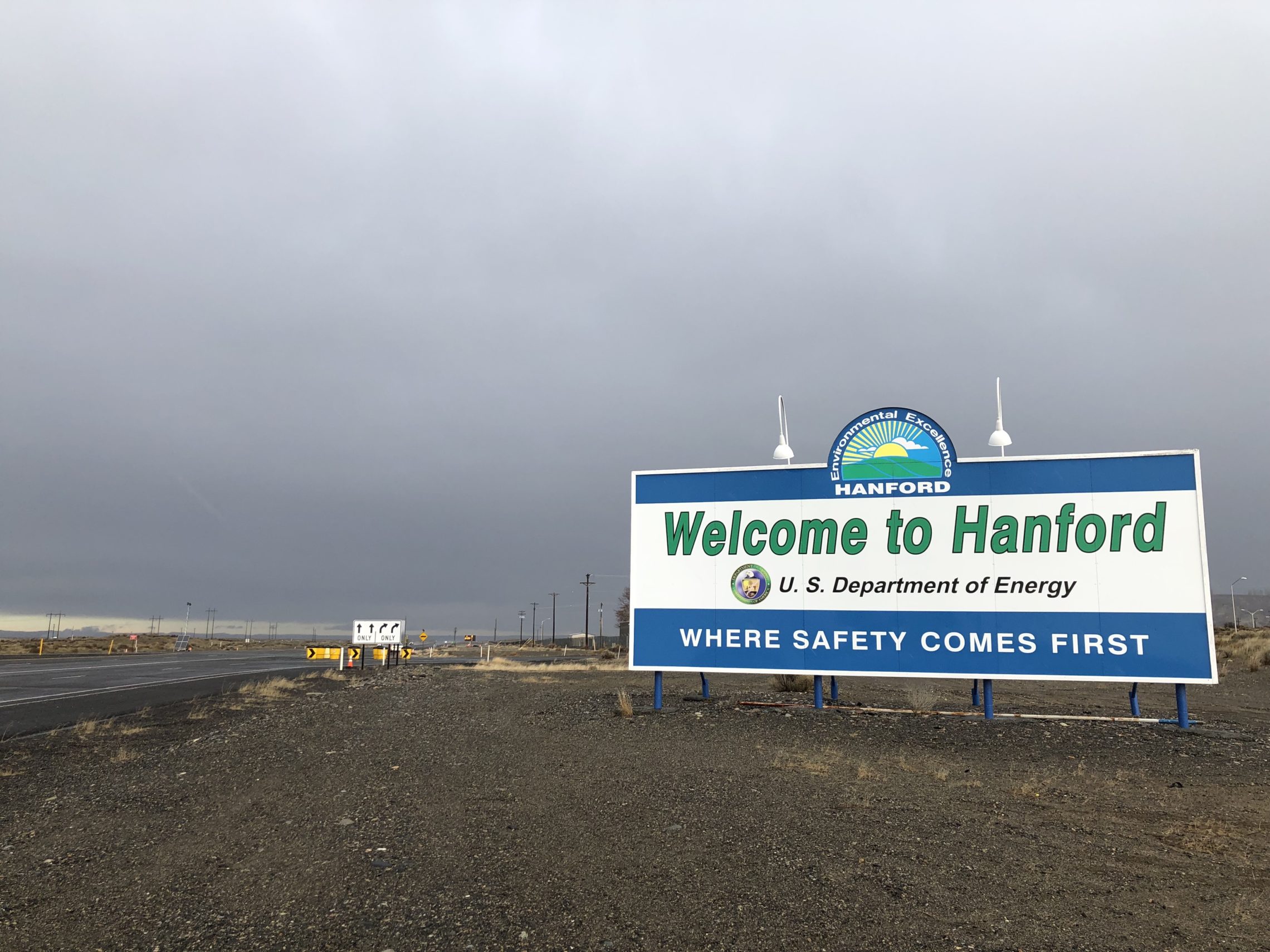Part 2 of 5 Parts (Please read Part 1 first)
Since 2002, the Vit Plant project has been carried out by Bechtel National, Inc. The project covers sixty-five acres. It has four major components. A twelve-story pretreatment facility will separate the radioactive waste stream into different streams based on level of radioactivity. There will be a small facility that will be used to vitrify low level waste with small amounts of radioactive isotopes. A six-story structure with one hundred and twenty thousand square feet will house a facility to treat high-level waste. There will also be an analytical laboratory. The Bechtel company is designing, constructing and commissioning what will be the biggest radioactive waste treatment plant in the world.
The project has seen many delays since it began, and the estimated cost is now four times the original estimate. The estimation of the ultimate cost of the Vit Plant is a moving target and the completion of the project is at least a decade in the future.
Managers of the project have fought with regulators repeatedly over scope changes. They have also battled over progress and cost impacts that affect the performance incentives that have been given to Bechtel.
After years of schedule delays and cost overruns, DoE has worked to reduce expectations as issues of safety and quality assurance have emerged with respect to the high-level waste treatment process. Some of these issues have been raised by whistleblowers. In one case, a whistleblower was ultimately fired by AECOM, a Hanford contractor, which resulted in a four-million-dollar wrongful termination judgement.
Originally, it was thought that the Vit Plant could be designed to handle a single waste stream. In 2013, DoE was forced to change the design to handle two different waste streams. They believe that the low-level waste treatment facility will be able to vitrify about ninety percent of the tank waste. This facility will be in operation while engineers work on the redesign and construction of the facility for high-level waste treatment.
Brian Vance heads DOE operations at Hanford. He recently told the Washington State Department of Ecology in a “notice of serious risk” that his agency cannot guarantee when either the pretreatment plant or the high-level treatment facility will be completed.
Washington State was granted some legal oversight over the cleanup activity at Hanford by a 1989 consent decree from a federal court. An agreement that was signed mandates that Bechtel demonstrate that both facilities will work with radioactive waste by 2033 and be fully operational by 2036. A Washington State representative said that they were still reviewing the notice and its implications. Washington State authorities have been holding frequent talks with DoE since spring of this year because the top environmental official of Washington had asked for a “frank discussion” of the challenges that confront the project.
With the new process to separate waste streams, the DoE issued a statement that it “remains firmly committed to and is on schedule to meet” starting treatment of low-level wastes by December 2023. However, the National Academies of Science drafted a report last month that reported serious concerns about whether the current design would, in fact, be able to start treatment of low-level wastes by the deadline.
Please read Part 3
